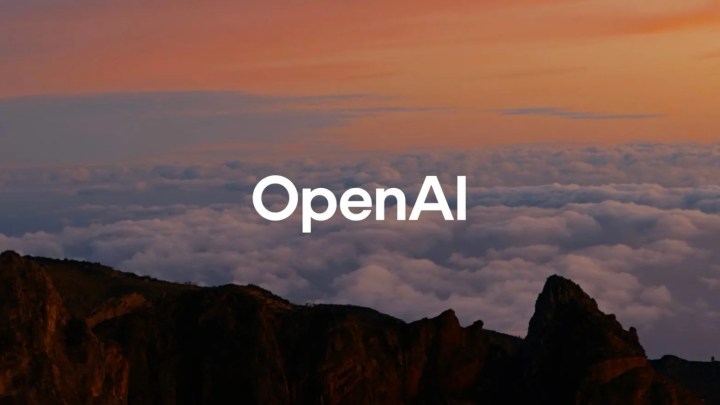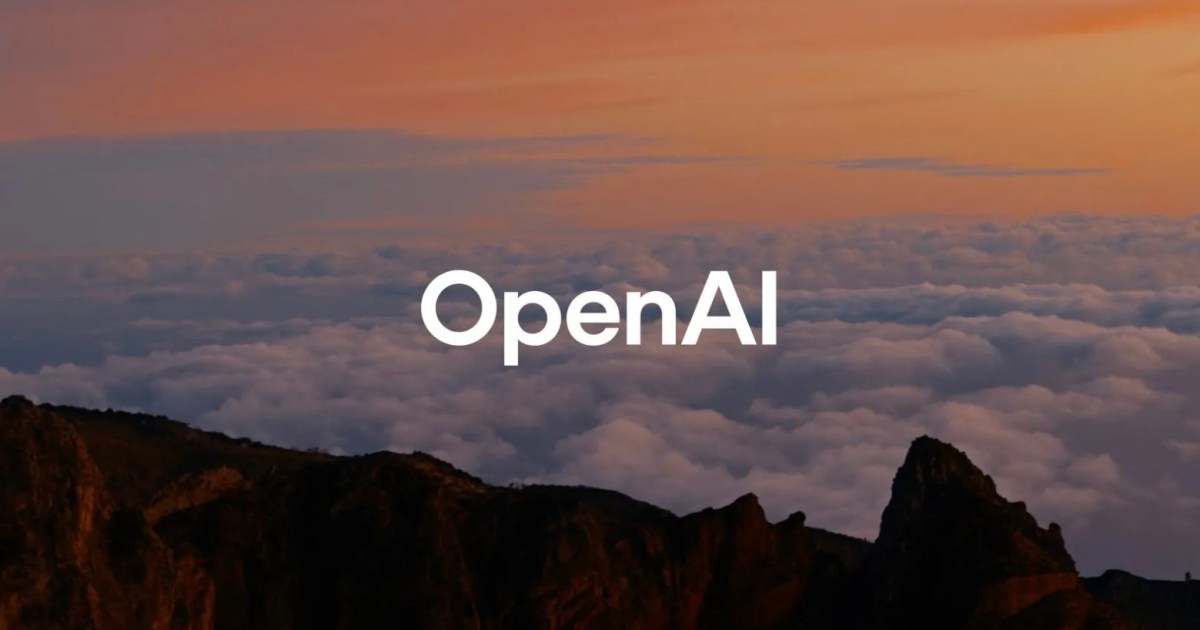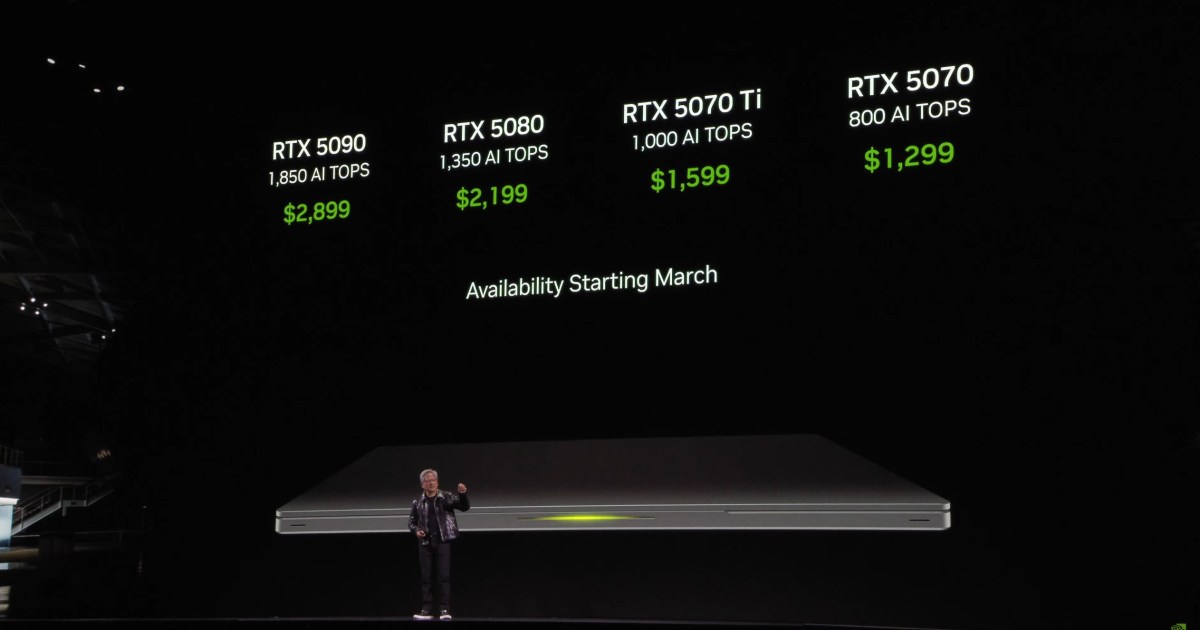 OpenAIOpenAI continues to assert that substantial financial and energy investments are crucial for achieving Artificial General Intelligence (AGI). However, independent researchers are leveraging open-source technologies to develop powerful models that rival OpenAI’s performance at a fraction of the cost.
OpenAIOpenAI continues to assert that substantial financial and energy investments are crucial for achieving Artificial General Intelligence (AGI). However, independent researchers are leveraging open-source technologies to develop powerful models that rival OpenAI’s performance at a fraction of the cost.
This emerging trend challenges OpenAI’s narrative and raises questions about the necessity of its massive spending on AI infrastructure. Recent developments demonstrate that open-source alternatives are becoming increasingly competitive, offering comparable performance without the exorbitant price tag.
Cost-Effective Alternatives Emerge
A joint team from Stanford University and the University of Washington successfully trained a large language model (LLM) specialized in math and coding. Remarkably, this model, which rivals OpenAI’s o1 and DeepSeek’s R1 reasoning models, was built with a mere $50 in cloud compute credits. The team utilized an existing base model and distilled knowledge from Google’s Gemini 2.0 Flash Thinking Experimental model, demonstrating the power of knowledge distillation in creating efficient and powerful AI systems.
 altFurthermore, Hugging Face researchers released Open Deep Research, a competitor to OpenAI’s and Google Gemini’s Deep Research tools, developed in just 24 hours. This open-source alternative, created for approximately $20 in cloud compute credits, highlights the rapid pace of innovation in the open-source AI community. While Open Deep Research achieved a 55% accuracy on the GAIA benchmark, compared to Deep Research’s 67-73%, the significantly lower development cost and time investment are noteworthy.
altFurthermore, Hugging Face researchers released Open Deep Research, a competitor to OpenAI’s and Google Gemini’s Deep Research tools, developed in just 24 hours. This open-source alternative, created for approximately $20 in cloud compute credits, highlights the rapid pace of innovation in the open-source AI community. While Open Deep Research achieved a 55% accuracy on the GAIA benchmark, compared to Deep Research’s 67-73%, the significantly lower development cost and time investment are noteworthy.
Sky Computing Lab’s Breakthrough
In January, the University of California, Berkeley’s Sky Computing Lab trained their Sky T1 reasoning model for around $450 in cloud compute credits. This model matched the performance of early versions of OpenAI’s o1 reasoning model, further emphasizing the viability of open-source alternatives.
The Future of AI Development
These developments challenge OpenAI’s strategy of investing billions in AI infrastructure. As open-source models continue to improve and demonstrate comparable performance, the question arises: is such massive expenditure truly necessary for achieving AGI? The open-source AI community is proving that innovation can thrive without exorbitant costs, potentially democratizing access to advanced AI technologies.
The continued success of these open-source initiatives suggests a potential shift in the AI landscape. While OpenAI remains a dominant force, the rise of cost-effective, high-performing open-source alternatives could reshape the future of AI development. This competition fosters innovation and accessibility, potentially leading to a more diverse and dynamic AI ecosystem.











